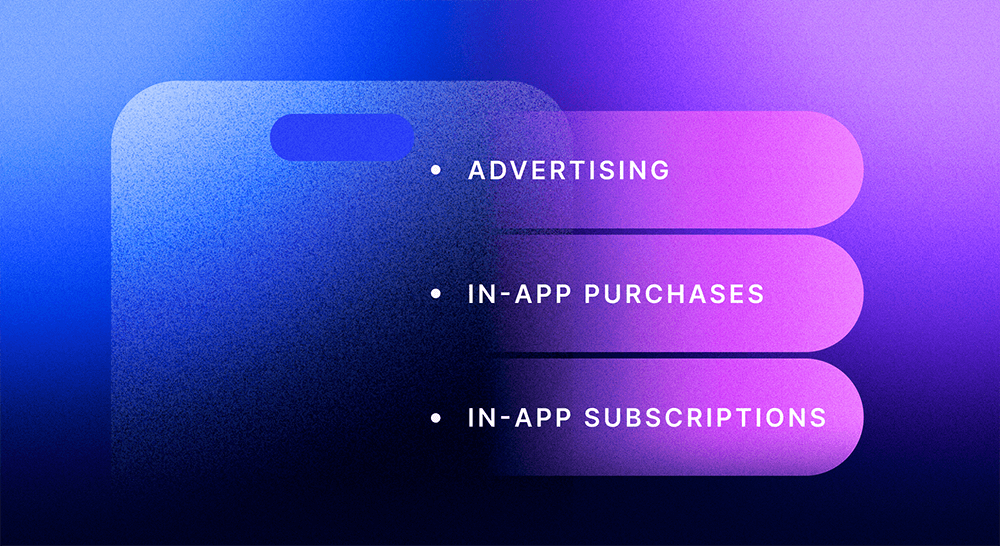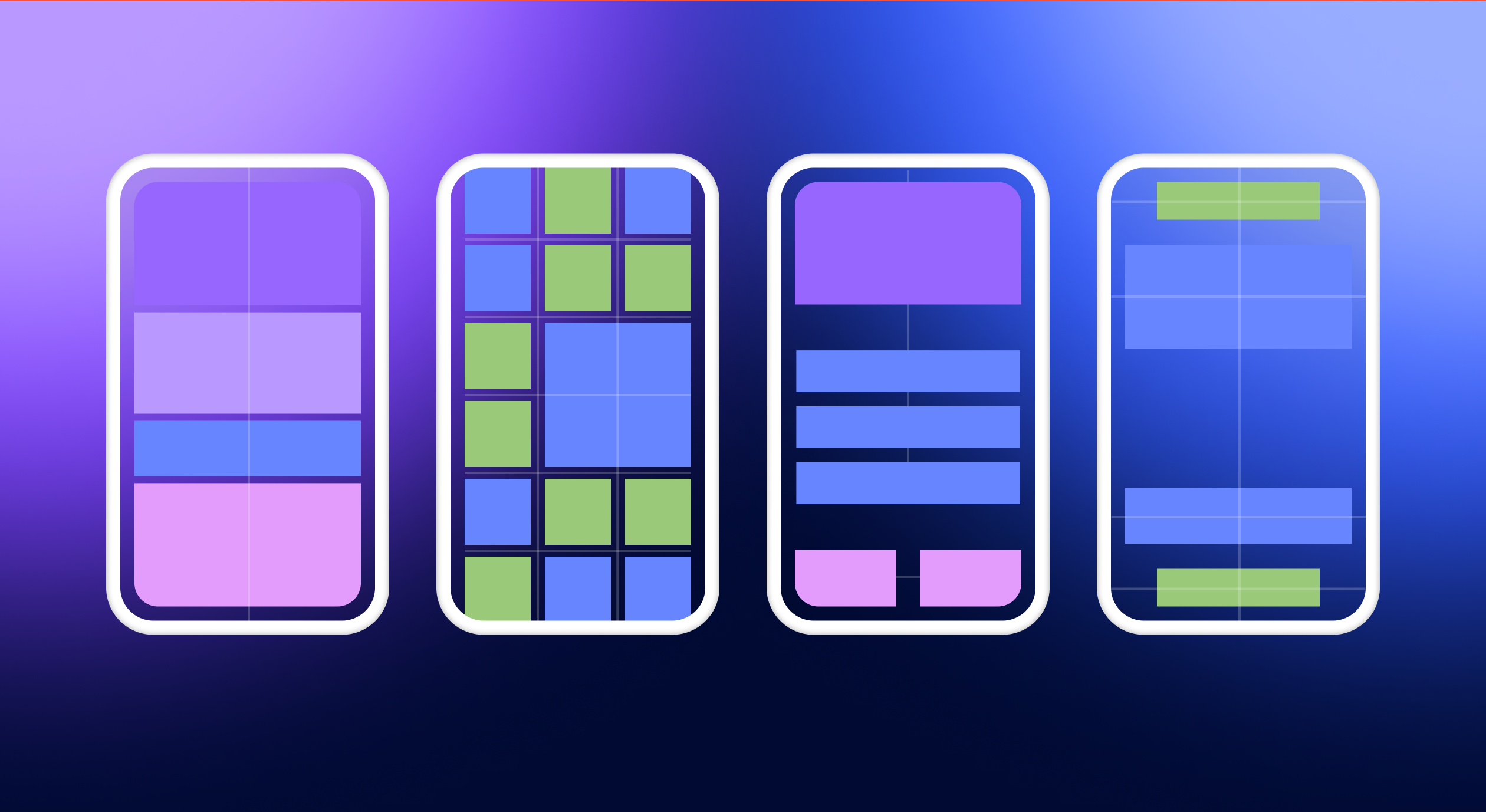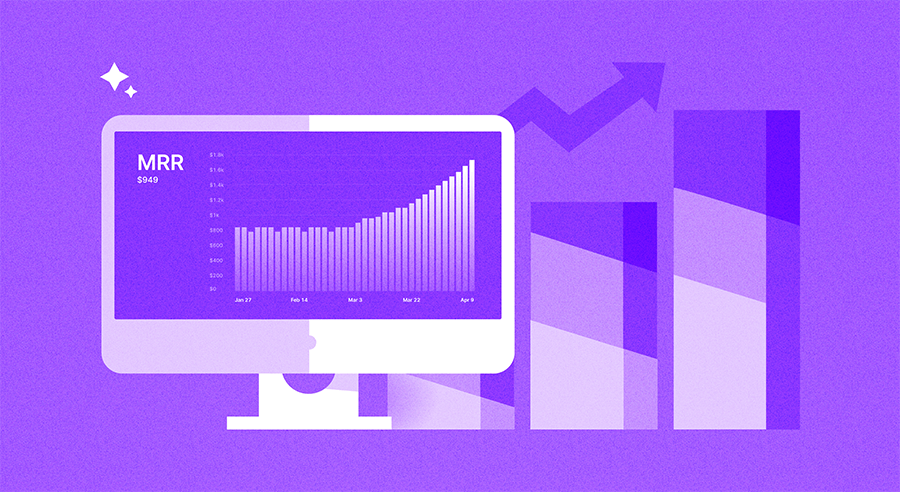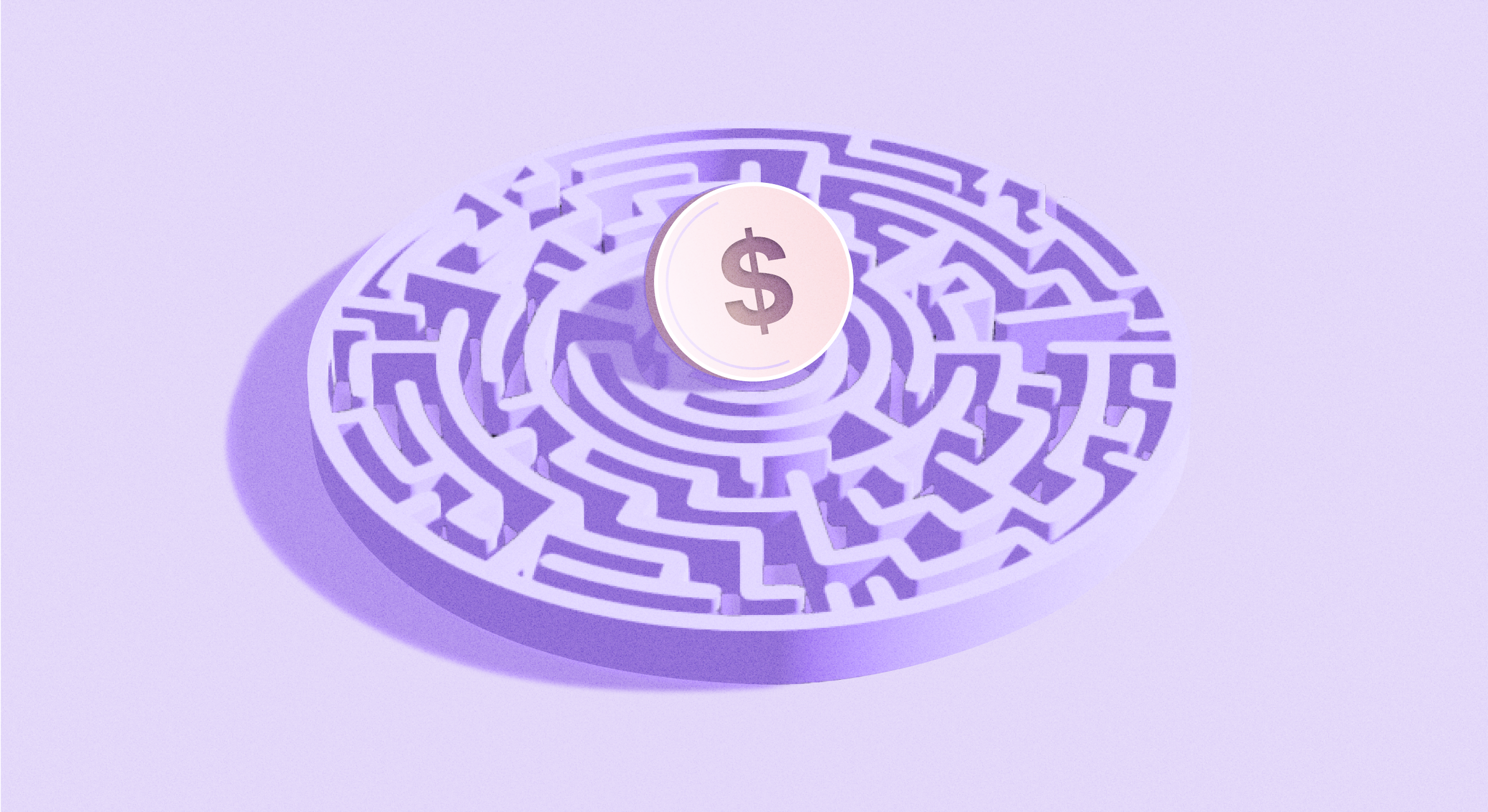Freemium app monetization strategies to make a real profitable app

Updated: August 17, 2024
25 min read

Do you have a free version app on your hands but not a solid revenue idea for it? Or maybe you’re trying to read through the best mobile app monetization methods. App monetization can be a tricky one, even for those with tons of experience. So if you’ve been struggling with the concept of app monetization, freemium models, or in-app purchases for revenue, this one’s for you!
The freemium app model is one of the best monetization models out there and can be a game-changer if you know how to implement it in your free app. With proven success rates across all app stores, it’s time for you to learn how to maximize your profit with freemium apps!
But before you can make that extra cash, ask yourself this…

What is a freemium monetization model?copy link
The freemium monetization model is a business strategy that offers a basic version of a product or service for free while charging for premium features or upgrades. This approach allows users to try out the product in a free version and become familiar with its features before committing to a purchase.
The good news is that there are numerous types of freemium models! The main three types of freemium app models are:
- Advertising
- In-app purchases
- In-app subscriptions
The ad-based freemium app model offers a free version of the app with ads, which can be removed by paying for the premium version. The in-app purchase model allows users to purchase virtual goods or services within the app. Think extra cloud storage or maybe some in-game purchases in your favorite mobile game!
The in-app subscription model offers users access to premium content or features for a monthly or yearly fee. So how exactly do you figure out what works best for you?
Types of freemium business model
Freemium models aren’t exactly a copy-paste of the same scheme, giving it room for creativity and competition. Businesses and app developers can give themselves an edge by approaching the freemium models differently and appealing to a larger audience.
The paywall model
Have you ever come across a free trial in apps? Did Netflix just come to mind with its 30-day free trial? Great, you’re already familiar with a paywall model. In the paywall model, app monetization happens when these apps offer users a limited amount of free access before asking users to pay to access additional content. Check out our Paywall Library to draw some inspiration if you decide to design your own paywall.
The limited feature model
Imagine the limited feature model as a more relaxed sibling of the paywall model. This monetization model offers a basic version of the product or service for free while charging for premium features or functionality. For example, a photo editing app may offer basic filters for free, but charge for more advanced editing tools.
The advertising model
This freemium model offers a free version of the product or service that includes ads, which can be removed by paying for the premium version. There can’t be a bigger example of a successful advertising model than Youtube itself. As one of the most popular apps across the globe, Youtube earned $29.24 billion in 2022 from pure ad revenue.
With an advertising model done just right, the sky can be your limit!

Advantages of using the freemium monetization modelcopy link
Now that you know the types of freemium monetization models, it’s time to bring out the big guns. I’m listing the advantages of using the freemium model, so you know how it’s all just a smart play.
Increased user acquisition
When your app isn’t blocked behind the scary “pay before you use” schemes, you open yourself up to a larger audience. This audience has a better chance of converting into actual, paid users, given every other factor is in your favor.
Let’s be honest, would you rather pay for a strange service that could really disappoint you or go for a free version somewhere else?
Lower cost of customer acquisition
Keep in mind that the freemium model isn’t a way to monetize your users but instead a way to acquire them. When you compare the cost of traditional marketing acquisitions with those of a freemium, you’ll find that the latter is always more cost-effective!
Your potential audience has easy and free access to your services and they can upgrade anytime they want!
Improved customer retention
One of the most crucial parts of your mobile app monetization is having great customer retention. You don’t want users to bounce away from your app because that’ll lead to no in-app purchases, little to no app revenue, or any paying users!
But freemium models ensure that users pay for a premium app after they’ve spent time using and enjoying it. That’s how you’ll convert a free version into a paid app.
Higher lifetime value of customers
Users who convert into customers by paying for the premium features are very likely to create an income stream for businesses and app developers! But that depends on the value your premium features provide to these customers. For instance, take Dropbox into account. As the leading cloud storage freemium app, it charges users based on their space needs. To ensure you keep having that space, you’ll need to keep paying their monthly fee which creates a steady income for Dropbox.
Best practices for implementing freemium monetizationcopy link
Freemium apps are one of the most common app monetization strategies, for all the right reasons. It helps create a trickling stream of money from in-app purchases and even in-app advertising. But to reach that stage, you’ll need planning and lots of it.
Here are some best practices to implement a successful freemium monetization model in your mobile app:
Step 1: Conduct market research
Conducting market research is a crucial first step in implementing a successful freemium monetization strategy. By understanding the needs and behaviors of your target audience, you can create a freemium model that effectively attracts and retains users while generating a revenue stream.
According to a survey conducted by HubSpot, 60% of companies that conduct market research before implementing a freemium strategy are more successful at app monetization and converting free users into paying customers. One company that has implemented this best practice is Spotify.
They conducted extensive market research to understand the preferences and behaviors of their target audience. That helped them design a freemium model that provided value to users while generating revenue through advertising and premium subscriptions.
This approach has helped Spotify to become one of the most successful music streaming services, with over 365 million monthly active users as of Q4 2021. Similarly, Dropbox identified its target audience’s pain points and found that people were frustrated with the difficulty of sharing large files and that they valued the convenience of cloud storage. That’s how Dropbox grew 3900% in 15 months!
Step 2: Define the freemium features
After you’ve done your market research to find your target audience’s pain points, it’s time to define a solution that targets those points! You must decide which features to offer for free and which to reserve for premium subscribers. The free features should provide enough value to encourage users to engage with the app and consider upgrading to the premium version.
According to a report by Adjust in 2021, 69% of freemium app users stated that they would be willing to pay for additional features. Here are some examples of freemium features to spark some ideas:
| Company | Free Features | Paid Features |
| Canva | Access to many design templates and elements. | Access to premium templates, resize designs, upload custom fonts, and access pro design elements. |
| Evernote | Take notes, save web pages, and sync across devices. | More storage space, ability to search for text within PDFs and Office docs, offline access to notes, and priority customer support. |
| Create a profile, connect with other professionals, and search for jobs. | Send messages to people outside your network, access premium insights, see who has viewed your profile, and access online learning courses. |
Step 3: Create a seamless user experience
Creating a seamless user experience is a critical third step in implementing a successful freemium monetization strategy. Companies must ensure that the user experience is seamless and frictionless, making it easy for users to upgrade to the premium version. Confusing or frustrating user experiences can discourage users from upgrading and ultimately hurt revenue.
One of the most prominent apps that offer seamless user experiences is Grammarly. Grammarly’s free version offers basic grammar and spelling checks, while the premium version offers additional features such as advanced suggestions for clarity and tone and plagiarism detection. The interface and features all work seamlessly together, making for an incredible experience for users.
Step 4: Set competitive prices
The truth is, you’re not alone in your niche. There will always be apps that have more downloads, better reviews and credibility, and sometimes a better appeal to users! So how do you overcome this competition and ensure you’re on the top?
You offer prices they can’t refuse, that’s what!
If your services are similar to the competition and the market is saturated with many apps competing for the same target audience, use your prices as attractive bait. Research the average prices charged by your main competition, ensure your services are justified with theirs, and set a competitively lower price for all in-app purchases. But don’t go too low or customers might think you’re not good enough!
Step 5: Use analytics to optimize revenue
The magic now comes down to the numbers. User analytics can tell you everything you need to know about how your freemium model and how your in-app purchases are performing. Keep in mind that performance isn’t ever a one-time thing.
You need to have your app analyzed every few months and identify user patterns and behavior. This helps you understand what’s working and what you need to get rid of. If you’re a new freemium app, this can help you formulate the correct strategy.
It’s also important to make sure that your analytical data is accurate and easy to digest. In this case, you may have a look at Adapty, which not only will provide you with comprehensive user analytics but will also help grow your app’s revenue through running price A/B tests.

What are the best freemium strategies for mobile apps?copy link
If there’s a recurring theme in this article so far, it’s the fact that app monetization is only successful when you implement the right strategies into your app! Here are some incredible strategies and tools you could implement to boost in-app purchases in your freemium app:
In-app purchases
In-app purchases are the most common freemium strategy used by mobile app developers to generate revenue. In fact, according to a report by Sensor Tower, global consumer spending on in-app purchases reached $138 billion in 2020, with the majority of the revenue coming from mobile gaming apps.
This strategy involves offering a free app with basic features and functionalities while offering additional features or content for purchase within the app. In other words, users can download and use the app for free, but they can purchase additional features or virtual items within the app.
In-app purchases can take many forms such as:
- Unlocking additional levels or features in a game like Candy Crush and Episode,
- Accessing premium content in a news or media app like The New York Times and Wall Street Journal,
- Purchasing virtual goods in a social networking or message app like Tinder.
Advertisements
This is something everyone knows all too well. Perhaps our favorite mobile apps have inconvenient ads placed throughout them! Advertisements are another common freemium strategy where your free version app has ad placements instead of in-app purchases. Often, the ad placement can be sold to advertisers or offered on a profit-sharing scheme.
According to Statistica, global mobile ad spending reached $277 billion in 2020, with the majority of the spending going toward in-app advertisements. This highlights the significant revenue potential of advertising as a freemium strategy.
Ad-supported freemium models are particularly popular in the mobile app space, as many users prefer to download and use apps for free. Advertisements can be displayed within the app in the shape of banners, interstitial ads, sponsored articles, or videos.
The more users an app has, the more valuable the ad space becomes and the more you can earn!
Trial periods
When I think of trial periods, I think of Netflix, Spotify, and Hulu! All these apps are billion-dollar companies and offer trial periods to lure in potential users. The trial period strategy involves offering a free trial period for the app’s premium features or content, after which users must pay a fee to continue using them.
Free trials can be an effective way to attract new users who may be hesitant to pay for a service upfront. By offering a free trial, users can test out the premium features of the app and determine if they are worth paying for.
If the user finds the premium features valuable, they’re more likely to pay for them once the trial period ends.
Referral programs
Referral programs aren’t as common as the other types I’ve mentioned above but they’re still a smart way to have your app make money. his strategy involves incentivizing users to refer new users to the app. When a user refers a new user who then downloads and uses the app, the referring user can receive a reward, such as access to premium features or virtual currency.
By incentivizing users to refer new users, app developers can increase the user base of the app and potentially generate more revenue. Referral programs can also help to increase user engagement, as users are motivated to use the app more frequently to earn rewards.
Let’s dissect Airbnb as an example of a referral program strategy. The company offered a referral program that gave users a travel credit when they refer a friend who signed up and completes a stay on the platform. This program helped Airbnb to grow its user base and increase revenue, and you can too!
Cross-selling and up-selling
Cross-selling involves promoting related products or services to users who have already made a purchase or signed up for a free account. For example, a music streaming app might promote a premium subscription that includes access to exclusive content and features.
Up-selling involves promoting higher-priced versions of products or services to users who have already made a purchase or signed up for a free account. For example, a productivity app might offer a premium version with more features and functionality than the free version.
Zoom is one of the prime examples of upselling their service as their app monetization! In 2020, Zoom’s revenue increased by 355% year-over-year, driven in part by the success of its up-selling strategy. Users can upgrade to a paid version of the app with more features, including longer meet times and the ability to host more participants.
Gamification
Monetization and in-app purchases can be all fun and games, literally! Gamification is a freemium strategy that app developers use to encourage users to engage with their app by adding game-like elements and mechanics, such as points, badges, and leaderboards.
This strategy increases user retention and generates revenue by incentivizing users to upgrade to premium versions of the app. The success of gamification can also be seen in the broader gaming industry, which generated over $175 billion in revenue in 2020.
One example of a company that has successfully implemented gamification is Duolingo, a language-learning app that uses game-like features to keep users engaged and motivated. Users can earn points and progress through levels as they complete language lessons and exercises.
The app also offers rewards such as streaks and badges to encourage daily use. Duolingo offers a premium subscription that includes additional features such as offline access and ad-free learning. In 2020, Duolingo reported that it had over 40 million monthly active users and generated $190 million in revenue, largely due to the success of its gamification strategy.
Avoid the common mistakes in freemium modelscopy link
It’s just as easy to make mistakes in developing your freemium app monetization model. The only way to catch your mistakes is to know what to look for. Here’s what to look out for when you’re strategizing your game plan:
Don’t offer too much for free
When users feel that they can access everything they need for free, they may not see the value in paying for additional features or services. Ask yourself this: if an app you love offers you everything you basically need for free with a few unnecessary additions for a premium price, would you pay for them?
It’s crucial to strike a balance between offering enough free features to encourage users to engage with the app and creating a clear value proposition for the premium version. When you’re devising your in-app purchase strategy, make sure that the premium version offers valuable features that aren’t available in the free version.
Overloading the app with ads
Earlier in this article, I mentioned the importance of having a seamless user experience the core element that decides the fate of your app monetization strategy. And I’ll say it again here. Overloading the app with ads can and always will lead to a negative user experience.
The end result? Users abandon the app for a better alternative that values user experience.
While ads can be an effective way to generate revenue in the freemium model, it’s important to strike a balance between displaying enough ads to generate revenue and not pressing your user into a corner. When an app has too many ads, it can slow down the app’s performance, disrupt the user experience, and make it difficult for users to engage with the app.
Lack of value in premium features
You’ll only pay for a service that you can justify the price and importance of. So will your users! Failing to provide value for paid features in your app is one way to screw up your mobile app monetization because there’s no incentive for users to pay you for anything.
If you want your mobile app monetization to roll in extra cash for you, glamorize the premium features and justify the price you’re selling it for. You might need to conduct extensive market research and find out what other apps are doing, what your target audience wants, and the market gap you can fill with your app.-
Ignoring user feedback and complaints
User feedback is essential to the success of freemium apps because it provides valuable insights into user needs, preferences, and pain points. If users are ignored or their complaints are not addressed, they may become dissatisfied with the app and ultimately abandon it.
Ignoring user feedback and complaints can also lead to missed opportunities to improve the app and increase revenue. By listening to user feedback, app developers can identify areas for improvement and make changes to the app that better meet user needs.
This can lead to increased user satisfaction and loyalty, as well as increased revenue through additional app downloads or in-app purchases. You can easily gather user feedback via app store reviews, social media channels, or dedicated feedback channels within the app.
Conclusioncopy link
Mobile app monetization can be a tricky chapter of your journey to maximize profits. Freemium app models have proven to be a cost-effective and successful approach to generating revenue from in-app purchases and ad placements!
There are many benefits to freemium apps compared to traditional money-making methods in the app industry, making them a favorite amongst app developers and businesses alike. However, it requires careful consideration and planning to avoid common mistakes that can lead to user dissatisfaction and revenue loss.
Conducting market research, defining premium features, creating a seamless user experience, and using a variety of revenue streams can all contribute to the success of freemium apps. In this article, we tackled every aspect of using freemium app models as a mobile app monetization method to put your app on the big boy table.
Freemium monetization FAQs copy link
Recommended posts







